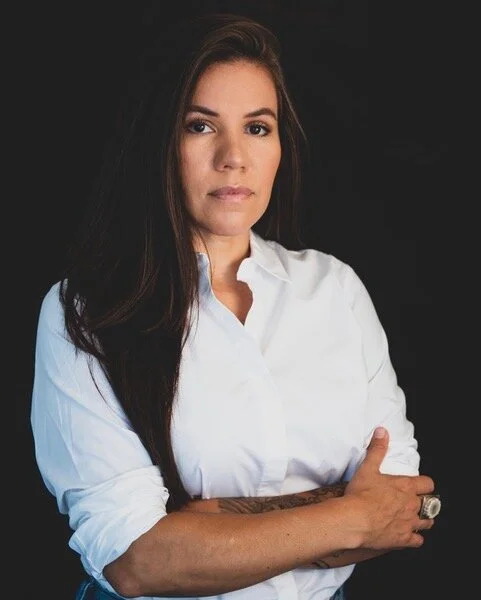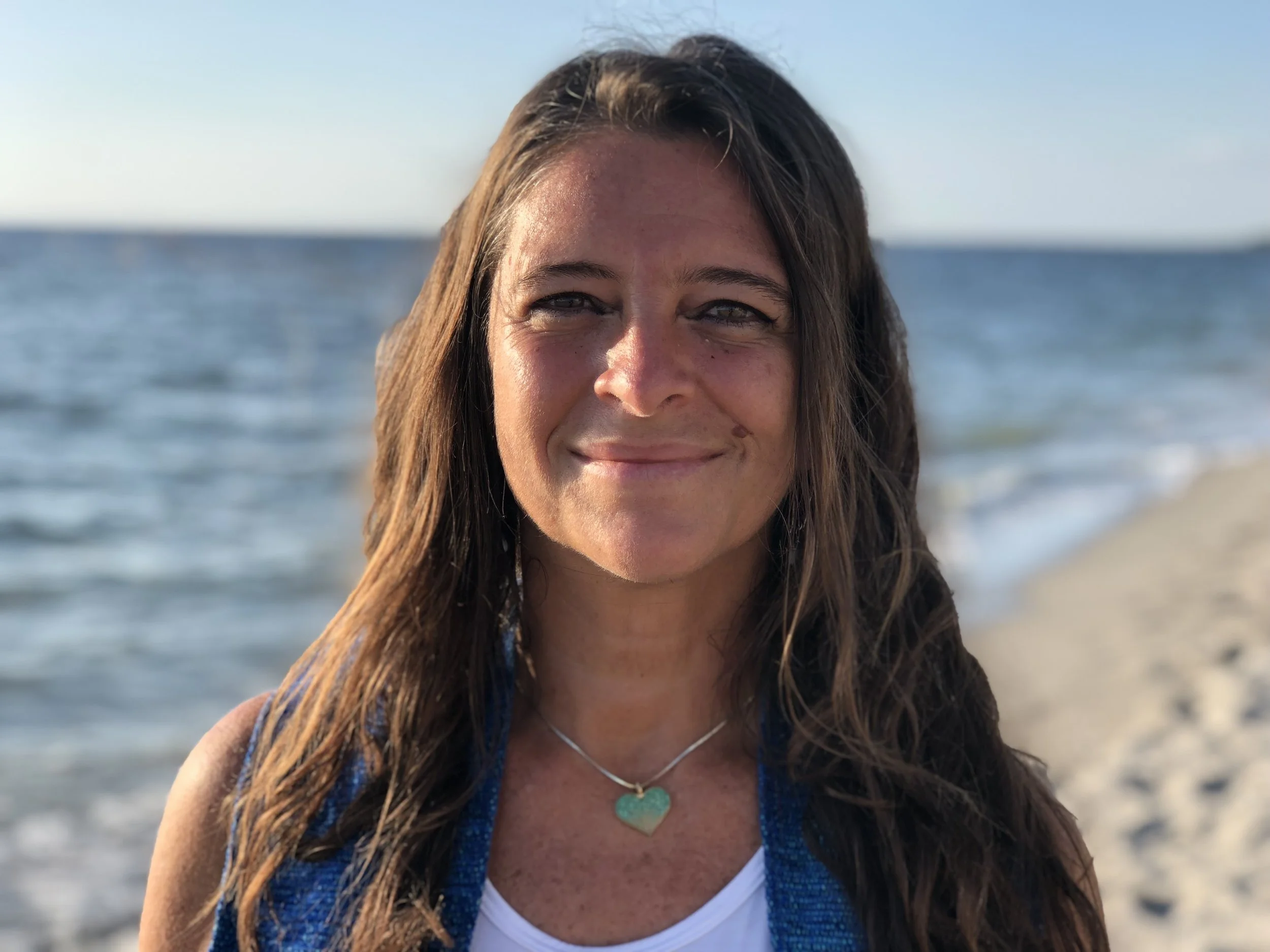The Deer Woman and A Collective Return to Equality (Isabell Retamoza)
The Deer Woman and A Collective Return to Equality
One of the creation stories I heard growing up was the origin story of the mosquito. In the story, a man is attacking and killing members of a tribe to satisfy his thirst for blood. To avenge the victims and protect the tribe, men set a trap and draw the attacker to a deep pit in the earth. Once the attacker falls in the pit, they set it on fire with no way to escape. From the fire thousands of small flying insects emerge and attack the tribe. These small flying insects are from then on known as mosquitos. As a child, I heard this story as simply the origin of mosquitos but as I got older I heard this story as a consequence of violence used as a means to an end. Creation stories not only teach us the necessary lessons of life on earth but these stories also carry tradition, spirituality, and cultural truths for Native people.
Throughout my life I have returned to these stories and discovered new stories, such as the story of the Deer Woman. The story goes that a man sees a beautiful naked woman in the forest and pursues her out of sexual desire. Once he reaches the woman, he discovers that she is not a woman at all as they have hooves for feet and tall antlers growing out of their head. Once the man realizes this, it is too late and the Deer Woman stomps the man to death. It is often told that the Deer Woman will lure violent men or those who have committed violent crimes into the forest to kill them to avenge and protect the victims.
The Deer Woman is a part of the spirit beings in Cherokee stories called the Nunnehi (nun-nay-hee) which means "the people who live anywhere". The Deer Woman and all nunnehi and their stories remind us that humans are not at the center of creation and that all living things have a spirit. The belief that humans are at the center of creation is a part of western settler colonial culture and continuing to tell creation stories remind us of significant cultural differences. When we witness and share creation stories we uproot western settler colonial culture out of Native culture and we collectively return to our ancestral understandings of spirituality, and existence rooted in equality. Equality across identities. Equality across species. Equality across all life on earth.
It is often said that the Deer Woman was created out of an act of violence. The story goes that a woman was raped and left for dead in the forest. A stag heard her cries for help and ran to save her but once the stag reached the woman, the man was gone and the woman was dead. The stag revived her and she became a spiritual being that roamed the forest protecting women and other victims from violence. The Deer Woman’s story and presence on tribal lands became even more important for Native tribes across the Americas when colonial settlers set foot on Native soil.
At the hands of colonial settlers, Native people across the Americas have undergone violent and severe destabilization of socio-cultural systems and traditions. In Professor Carolyn Johnston’s book, Cherokee Women in Crisis; Trail of Tears, Civil War, and Allotment, 1838-1907, she analyzes Cherokee culture in juxtaposition to colonial settlers. Johnston argues the initial occurrence of contention for the Cherokee people and colonial settlers were gender roles. Cherokee tribal authority was granted equitably, and authority figures were not predetermined by gender identity in which, “women had autonomy and sexual freedom, could obtain divorce easily, rarely experienced rape or domestic violence, worked as producers/farmers, owned their own homes and fields, possessed a cosmology that contains female supernatural figures, and had significant political and economic power” (Johnston, 10).
The Deer Woman’s story is empowering as a symbol of femininity, motherhood, and sexuality and teaches us important cultural truths about gender and identity. The Deer Woman possesses the characteristics of a woman’s body and the body of a stag so the Deer Woman is neither a woman or a man, nor human or animal. As a powerful spirit being that embodies a non-binary identity, this story provokes an untangling of the imposed colonial gender hierarchy from Cherokee culture. The Deer Woman story affirms the importance of all identities and the power in unity when we accept one another for who we are.
In Isabel Wilkerson’s recent book, ‘Caste: The Origins of Our Discontents’ Wilkerson defines hierarchy as a caste system that, “is not about feelings or morality. It is about power—which groups have it and which do not. It is about resources—which caste is seen as worthy of them and which are not, who gets to acquire and control them and who does not. It is about respect, authority, and assumptions of competence—who is accorded these and who is not.” (Wilkerson, 2020) The most provocative difference between settlers’ and Cherokee culture was and is hierarchy. It is understood in Cherokee culture that differences across identities are not factors at which to justify the oppression of one against the other but as diverse benefits that create power and unity.
The story of the Deer Woman also teaches that sexual energy and power is divine as it is part of the cycle of creation. As such, all sexual energy and power is meant to be equally respected and anti-hierarchical. Abuse of sexual energy such as rape, or exerting that power over another is intolerable and the Deer Woman corrects it.
Johnston writes, “when Europeans encountered Cherokees, who possessed a radically different gender system from theirs, they saw women’s power and sexual autonomy as deeply threatening” (Johnston, 16). This “threat” provoked settlers to refuse to recognize Cherokee women’s authoritative roles in tribal affairs. Cherokee men alone were then expected by settlers to run council, trade, and make decisions on behalf of the tribe. Excluding women from political action within the tribe weakened the power of individual clans as they were not fully represented in tribal decisions which collectively undermined tribal power as they were forced to assimilate to colonial settler culture.
The Cherokee people, and all Native tribes confronted by colonial settlers, were forced to assimilate to settler culture in order to survive. The forced assimilation to colonial settler culture not only forced Cherokee people to suppress traditional and social customs but also cultural and spiritual understandings. Causing devastating cultural erasure and loss of languages, spirituality, and stories and imposing hierarchy and inequality.
Continuing to share creation stories, like the Deer Woman, is an act of resistance against this violence as our stories strengthen our connection to our ancestral understandings and culture. Creation stories remind us we are intrinsically connected to all things.
Sharing and hearing creation stories is a restorative, healing act that reminds us of our collective interconnectedness and the importance of working against imposed settler colonial culture as it undermines our innate way of being. Cherokee cultural traditions and creation stories teach us to view creation, the land and all its inhabitants as equal in necessity and importance. Our creation stories call us to collectively return to our ancestral understandings of spirituality and existence as we strive to restore balance and equality. Equality across identities. Equality across species. Equality across all life on earth.
###
Isabell Retamoza (Cherokee) is the inaugural recipient of the David Kadish Scholarship for the Humanities. She recently received her B.A. in Literature and Feminist Studies from the University of California, Santa Cruz,. Learn more about “Cherokee Women in Crisis” here. Learn more about “Caste: The Origins of our Discontents” here. This piece is part of our Fall 2021 collection, Sacred Relationship, exploring the Native American sense of sacred relationship with Earth’s other living creatures.







